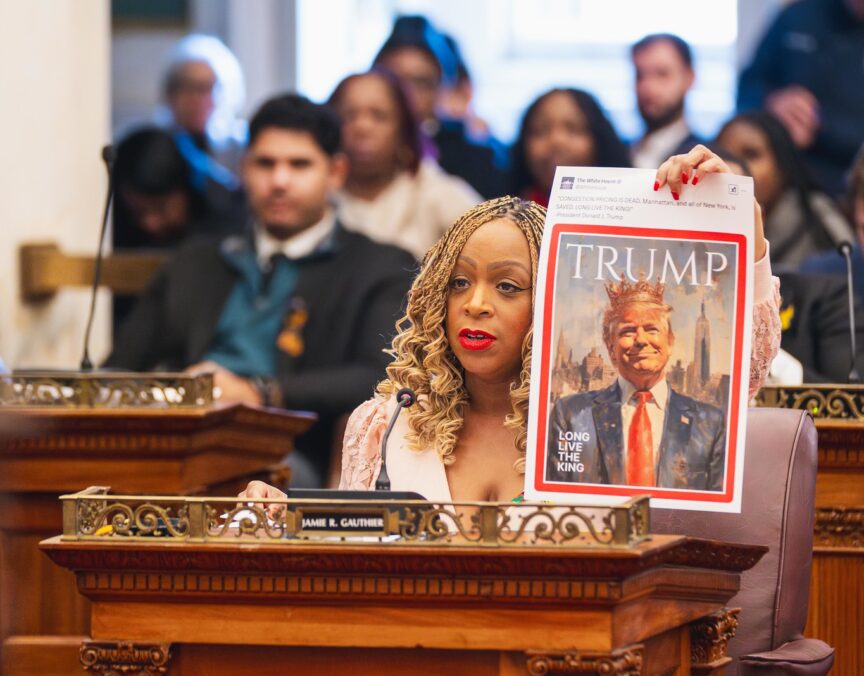
Kids these days. They think they can change the world from their desktops. Back in the olden days, a rebellious youngling had to get off of his or her butt, hitchhike to a prominent public space (15 miles away, uphill both ways), and wave a sign around to make a statement (and those signs were homemade, mind you).
But now, kids can’t be bothered to start a movement by actually… moving. Facebook, Twitter and other prominent social media platforms have become the new stage for starting social movements. But is this Internet activism merely “slacktivism,” as the critics claim, a way to make people feel good about themselves without putting in any effort? Or do these new media provide a real way to make a difference?
It largely depends on the issue at hand. Consider the recent campaign in support of same-sex marriage that took the social media scene by storm. Timed to coincide with the Supreme Court’s discussion of California’s Proposition 8, the Human Rights Campaign encouraged Facebook users to change their profile pictures to a red equal sign, indicating their support for equal rights for same-sex couples.
The profile picture promotion certainly made a splash in the media. Enough people swapped their digital facades for mathematical symbols that major media outlets began covering the campaign. But did it make any difference?
In one sense, it certainly did. The outpouring of support from so many people made many members of the LGBT community feel accepted in a way they never had before. Think of it as a reiteration of Rainbow Alliance’s All of Us Campaign on an international scale.
Of course, the question of Proposition 8 was not up for a vote, so in a legal sense there’s not much that campaigners could do. The nine justices of the Supreme Court are supposed to make their decisions based on the law as it is written, not on the sentiments of the populace.
But perhaps, even at a subconscious level, this campaign could make the justices see the writing on the wall for laws like Proposition 8. Most people seem to believe that same-sex marriage will be legalized in this country; it’s just a matter of time.
But the question of same-sex marriage is a unique one in that it’s not just a legal issue. A display of support for same-sex marriage is a display of support for the LGBT community, a community that has historically been marginalized and persecuted. The same cannot be said for some of the other issues that are taken up by social media campaigns.
For instance, remember the Kony 2012 campaign of last year? Invisible Children, Inc. initiated a social media movement calling for the capture of Joseph Kony, the Ugandan cult and militia leader and indicted war criminal. On one hand, this mass social media demonstration could have motivated political leaders to encourage U.S. intervention against Kony. Moreover, it’s always a good idea to inform people of international events so that they can potentially get more involved and make a positive impact.
But there’s a danger in distilling complex political issues into bytes that attention deficient Facebook users will read. And there remains the risk that people will substitute social media posturing for actual engagement with social issues; changing your cover photo is no replacement for actually informing yourself and trying to make a difference.
Even with the equal sign campaign, jumping on the bandwagon isn’t enough to initiate real societal and cultural change. It would be much better to go out and meet someone who is different from yourself, learn something and become a more tolerant and informed person in the process. Social media can be a powerful tool for engaging people in mass movements, but the process of learning and becoming involved can’t stop there. Get informed from in-depth sources, contact your representatives and even consider joining a real-life group that is dedicated to consistently working for change. After all, a few clicks can change your profile picture, but it takes a lot more than that to change the world.










